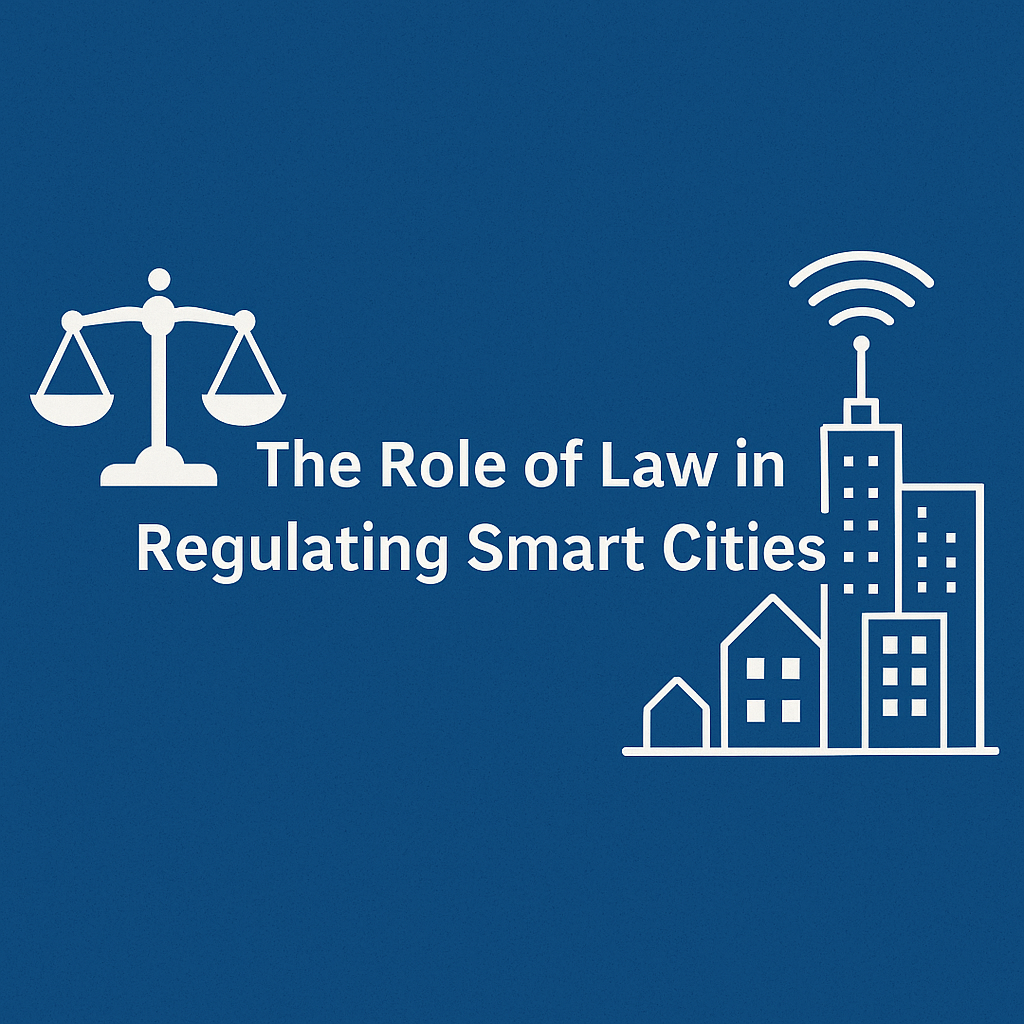The world lost more than 16 million acres of forest in 2022. This devastated area exceeds the size of West Virginia, which shows why we need tougher forest laws. The 2023 Forest Declaration Assessment reveals illegal logging has become a $30-100 billion annual business. This makes it one of the most profitable environmental crimes worldwide. The massive shadow economy endangers forests that support over 86 million green jobs and adds to 17% of worldwide greenhouse gas emissions.
Forest protection laws and anti-deforestation policies exist today. Yet illegal commercial agriculture drives more than 40% of tropical deforestation. This widespread destruction goes beyond environmental damage. It violates human rights and puts Indigenous territories and local communities at risk. Let’s learn about how governments tackle this $50 billion illegal logging battle. We’ll look at enforcement hurdles and trailblazing solutions that will shape forest conservation laws tomorrow.
The $50 Billion Shadow Economy of Illegal Logging
Criminal enterprises run a massive underground timber trade that generates between $51-152 billion annually. This black market ranks as the world’s third-largest transnational crime, right behind counterfeiting and drug trafficking. Interpol’s data shows a shadow economy that disrupts economies, environments, and societies worldwide.
Global Scale of Timber Trafficking: 15-30% of All Traded Wood
Black market timber makes up 15-30% of global production. This shadow market hurts legitimate forestry businesses everywhere. The numbers look even worse in tropical regions. Illegal timber accounts for 50-90% of wood taken from Amazonia, central Africa, and Southeast Asia.
The numbers tell a stark story by country:
- Indonesia: 80% of timber exports came from illegal sources
- Russia: Between 15-50% of harvested timber might be illegal
- Gabon: About 70% of timber leaves the country illegally
Criminal groups make tracking illegal timber extremely difficult. They use complex schemes to hide their tracks. One common trick involves falsely labeling Indonesian wood as Malaysian and shipping it through different regional ports.
Revenue Loss: $7-15 Billion in Unpaid Government Taxes Annually
Governments lose about $7-15 billion annually because of illegal logging. These losses stem from dodged taxes, duties, and permit fees that should support public services and sustainable forest management.
Take Indonesia as an example. The country once lost $4 billion yearly to illegal logging—five times more than its 2004 health budget. Africa’s unregulated charcoal trade costs governments at least $1.9 billion each year.
These financial holes slow economic growth in source countries and create development risks that spread beyond borders. Developing nations feel this pain most sharply, especially those counting on forest resources as a major income source.
Price Undercutting: How Illegal Timber Depresses Global Markets by 7-16%
Illegal loggers sell their timber cheap. They skip compliance costs, taxes, and sustainable management expenses. This lets them undercut honest businesses by 7-16% worldwide. These unfair prices hurt legal forestry operations badly.
Legal companies struggle to stay competitive as these effects ripple through supply chains. Forest Trends points out that trees cut without proper permits and smuggled across borders create a dangerous cycle. Lower market prices push others toward illegal practices too.
U.S. producers face particular challenges. They work under strict rules that limit their ability to expand in these distorted markets. Companies investing in sustainable practices and following regulations suffer the most.
This creates a destructive cycle. Bad actors keep cutting trees illegally, damaging ecosystems, stealing government revenue, and hurting honest businesses. Current forestry laws struggle to stop this downward spiral.
Evolution of National Forest Laws and Regulations
Forest protection laws have changed a lot in the last century. Modern regulations now focus on cross-border timber trafficking. Governments have shifted from managing domestic forests to overseeing international supply chains to curb the growing illegal timber trade.
The Lacey Act Amendment of 2008: First Ban on Illegal Timber Imports
The U.S. Lacey Act’s 2008 amendment changed everything in forestry law. The Act, which started in 1900 to regulate wildlife trade, became the world’s first explicit ban on importing illegally harvested timber and wood products into the United States. The law now makes importers declare the species and where the plant products came from, which brings new transparency to the timber supply chain.
This change made a real difference. Research shows the amendment cut illegal timber imports to the U.S. by 32-44%. It also pushed up tropical lumber prices from countries like Bolivia, Brazil, Indonesia, Malaysia, and Peru by double digits.
A big breakthrough came in 2015 with the first U.S. felony conviction for illegal timber trade, sending a clear message to the industry. In spite of that, enforcement still needs work – only about 42% of wood products coming into the U.S. need to be declared.
FOREST Act of 2023: New Supply Chain Due Diligence Requirements
The bipartisan Forest Resources for the Environment and Sustainability of our Territories (FOREST) Act of 2023 builds on the Lacey Act’s foundation with stronger supply chain accountability. Companies importing wood products must now track where their products come from and prove they were made legally.
This new law keeps agricultural products from illegally deforested land out of the U.S. market. It also gives preference to zero-deforestation products in federal government purchases. Companies now have a clear path to show they source responsibly and keep illegal products out of their supply chains.
The FOREST Act helps tackle global deforestation, nature loss, international crime, and climate change. The law brings governments and businesses together to improve monitoring and enforcement in countries where illegal deforestation happens.
European Union Deforestation Regulation: Setting Global Standards
The European Union Deforestation Regulation (EUDR) came into effect on June 29, 2023, raising the bar globally. The regulation goes beyond timber to cover seven key products linked to deforestation: cattle, cocoa, coffee, oil palm, rubber, soy, and wood.
Under EUDR, these products can only enter the EU market if they:
- Are proven deforestation-free
- Follow all laws in their production country
- Have a due diligence statement
After delays announced in December 2024, large and medium companies must comply by December 30, 2025. Small businesses have until June 30, 2026. Every company needs detailed systems to prove their products don’t come from recently deforested land or harm forests.
Breaking these rules comes with heavy penalties, including fines up to 4% of a company’s annual EU turnover. Companies can lose their products and be blocked from public contracts. The EU expects these rules to cut carbon emissions from these products by at least 32 million metric tons each year.
Enforcement Challenges in Forest Protection Laws
Legal frameworks to protect forests keep expanding worldwide, yet weak enforcement continues to undermine their success. Criminal networks take advantage of poor implementation, which lets illegal logging thrive across the globe.
Cross-Border Jurisdiction Issues in Timber Trafficking Cases
Criminal networks behind timber trafficking easily cross borders and create major hurdles for law enforcement agencies. These operations show remarkable flexibility and adapt their methods faster to avoid getting caught. Criminal groups rarely work alone – timber smuggling routes serve as pathways for other illegal items like drugs and firearms. An INTERPOL survey revealed that 84% of responding countries reported a connection between environmental crime and other illegal activities such as corruption, drug trade, and cybercrime.
Limited Resources: Only $1.5 Billion Allocated for Global Enforcement
Global enforcement receives a mere $1.5 billion in funding, which falls short of what’s needed to fight illegal logging. Law enforcement agencies worldwide can’t function properly with such limited resources. To name just one example, see Indonesia’s forest law enforcement agency (GAKKUM) – it ran on just 13 US cents per hectare yearly between 2015 and 2017. Brazil’s situation looks equally grim. The Ministry of Environment’s discretionary budget saw a 43% cut in 2017, which shows how funding shortages cripple enforcement efforts.
Technology Gaps in Remote Forest Monitoring Systems
Remote sensing technologies are a great way to get better forest monitoring, but a growing divide exists between research capabilities and actual field use. Real-life challenges include:
- Limited internet access and inadequate power sources at remote ranger outposts
- Insufficient training for field personnel using new technologies
- Difficulty accessing remote areas identified by monitoring systems
- Frequent transfers of trained personnel, which requires continuous retraining
Corruption Within Enforcement Agencies: The $15 Million Problem
INTERPOL estimates corruption costs the global forestry sector at least $15 million annually, though some sources put this figure as high as $29 billion. Corrupt practices spread throughout the enforcement chain as officials take part in various illegal activities.
Bribery tops the list of corrupt practices, with document fraud and abuse of office following closely. Forest officials in some regions prefer “transactions” and “amicable arrangements” over legal penalties. Low salaries make forest law enforcement officers more likely to accept bribes.
A Peruvian prosecutor once received a $5,000 bribe offer to drop an investigation. Some countries’ officials openly encourage bribe-taking. The judiciary system often falls prey to corruption too, with judges consistently ruling in loggers’ favor despite clear evidence of wrongdoing.
These fundamental challenges need solutions quickly. Without addressing them, even the best forest protection laws won’t work against the $50 billion illegal logging industry.
Economic Impact of Forestry Law Enforcement
Strong forest law enforcement brings economic benefits that go beyond protecting the environment. Research shows that investing in forestry regulations worldwide makes solid financial sense.
Cost-Benefit Analysis: $1 Spent on Enforcement Saves $7 in Environmental Damage
Forest law enforcement yields remarkable returns on investment. Each dollar invested in forest conservation generates returns between $4.00 and $11.00 in natural goods and services. New Hampshire’s Land and Community Heritage Investment Program shows that a single dollar invested brought back $11.00 in economic value through benefits like air pollution removal and carbon sequestration. The program’s investments between 2001 and 2011 attracted at least $4.95 in extra contributions from federal, local, private, and nonprofit sources.
Job Protection: 200,000 Legal Timber Industry Jobs Safeguarded
The timber industry’s legitimate jobs depend heavily on forest law enforcement. New England’s forest products industry—including forestry, logging, wood products and paper manufacturing—supports 62,500 jobs and $13.50 billion in economic output annually. Note that these numbers only show direct employment. The industry’s indirect effects generate twice those amounts in the three northern states. This economic activity relies on protected working forests that housing and development sprawl hasn’t taken over.
Market Premium: 15-25% Price Increase for Legally Verified Wood Products
Legal timber verification adds real market value. Studies show that consumers will pay more for certified wood products:
- Japanese consumers bought certified cutting boards at price premiums up to 50% higher than non-certified alternatives
- U.S. research found niche markets where consumers would pay an average premium of 12% for certified products
- Price premiums usually range between 10-25% for certified wood products
Certified products keep their market share despite higher prices. At a 30% price premium, certified cutting boards captured 13.6% of total sales in test conditions. These findings prove that legally verified timber has a sustainable market.
Price premiums serve two main purposes: they help producers cover certification and legal compliance costs, and they encourage continued participation in legitimate forest management. This creates a positive economic cycle that rewards legal operators while discouraging illegal activities.
Technology Investments Transforming Forest Conservation Laws
Advanced technology is changing how forest laws work in real life. Enforcement officers now have better tools to spot and prosecute illegal logging.
Satellite Monitoring Systems: 85% Accuracy in Detecting Illegal Clearing
Satellite monitoring leads the charge in forest protection. These systems can detect illegal clearing with 85% accuracy. Brazil’s approach stands out with its immediate-response satellite systems. These tools spot and pinpoint large-scale deforestation, which lets enforcement teams act fast. Criminals have adapted by changing to small-scale operations. They work at night or during rainy seasons when clouds block satellite views. Law enforcement agencies now develop other tools like uncrewed aerial systems (UAS) and terrestrial laser scanning (TLS). These devices monitor forest structure and fuels with high precision.
Blockchain Supply Chain Tracking: From Forest to Retail
Blockchain technology gives timber supply chains more transparency than ever before. This helps curb illegal trade and makes certification systems better. The system creates permanent records that track timber from harvest to final sale. Users can access this data through web and mobile apps. Smart contracts handle agreements between parties automatically. This reduces middlemen and makes disputes less likely. These systems have built more trust with consumers. They’ve also reduced fraud and made supply chains work better.
DNA Timber Testing: 99% Accuracy in Species Verification
DNA testing has become a key forensic tool to catch timber traffickers. It offers 99% accuracy when verifying species. The U.S. Forest Service used this method in an important case. They matched illegal bigleaf maple logs to specific stumps in Gifford Pinchot National Forest and won the case. Scientists are now creating genetic distribution maps for various timber species. These maps can show where suspected illegal wood came from. Australia’s Department of Agriculture tested wood products and found that 25% had issues with their declared species or origin. This shows how DNA testing helps enforce forest protection laws better.
Conclusion
Forest protection laws are at a turning point. Illegal logging still generates billions in criminal money, but new laws and technology bring hope for real change. The EUDR’s stronger rules, DNA testing, and blockchain tracking give enforcement agencies worldwide powerful new ways to fight illegal logging.
Numbers show why investing more in forest protection makes sense. Every dollar spent on enforcement saves $7 in environmental damage. This protects thousands of legitimate timber jobs and helps keep prices fair for legally sourced wood. These benefits go beyond just saving trees – governments, businesses, and communities all win.
Technology is a vital weapon in this battle. Modern satellite systems catch illegal clearing with 85% accuracy. Blockchain tracking shows exactly where wood comes from, and DNA tests can identify tree species perfectly. Law enforcement needs proper funding to make use of these tools effectively.
A world with protected forests needs everyone’s steadfast dedication – from governments to local communities. The biggest problems remain with cross-border enforcement and stopping corruption. Yet we have the tools and systems to protect our forests. Success depends on using these solutions properly and keeping enforcement funded consistently.







